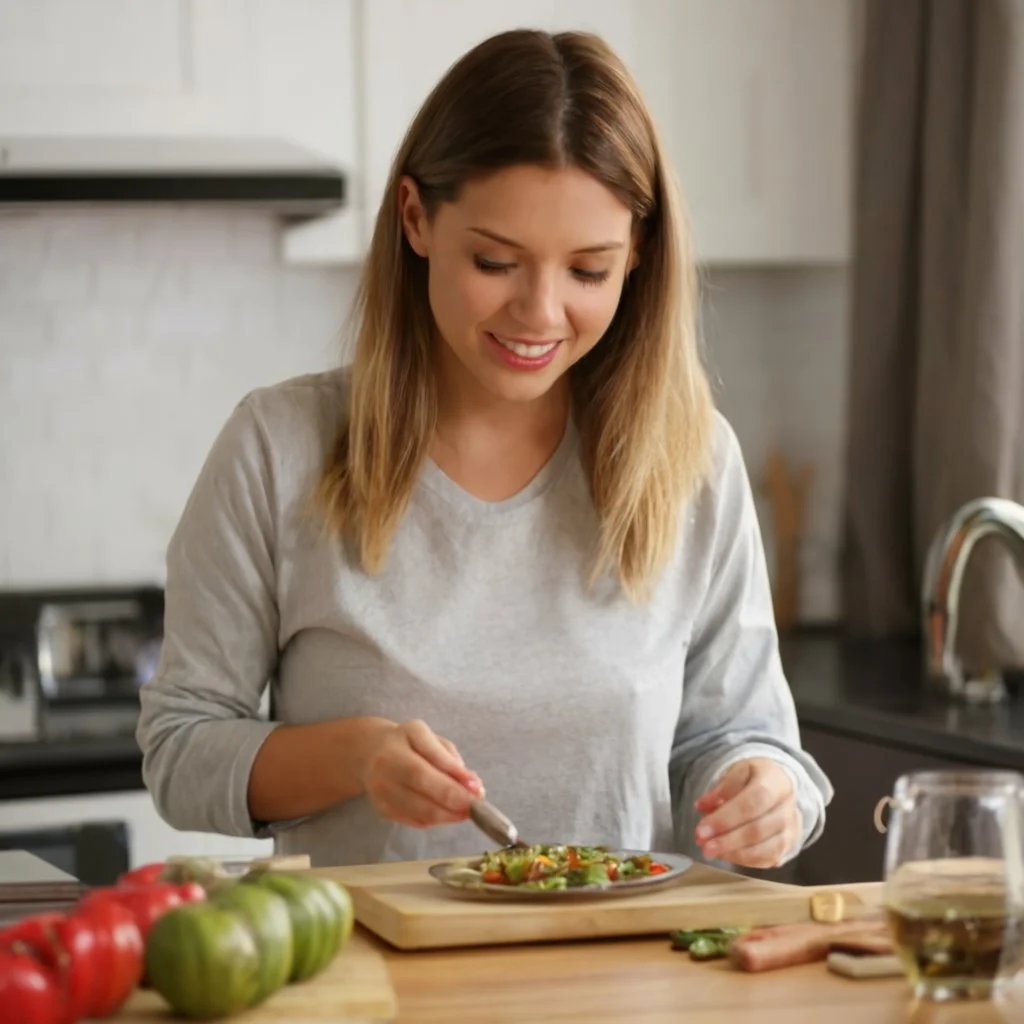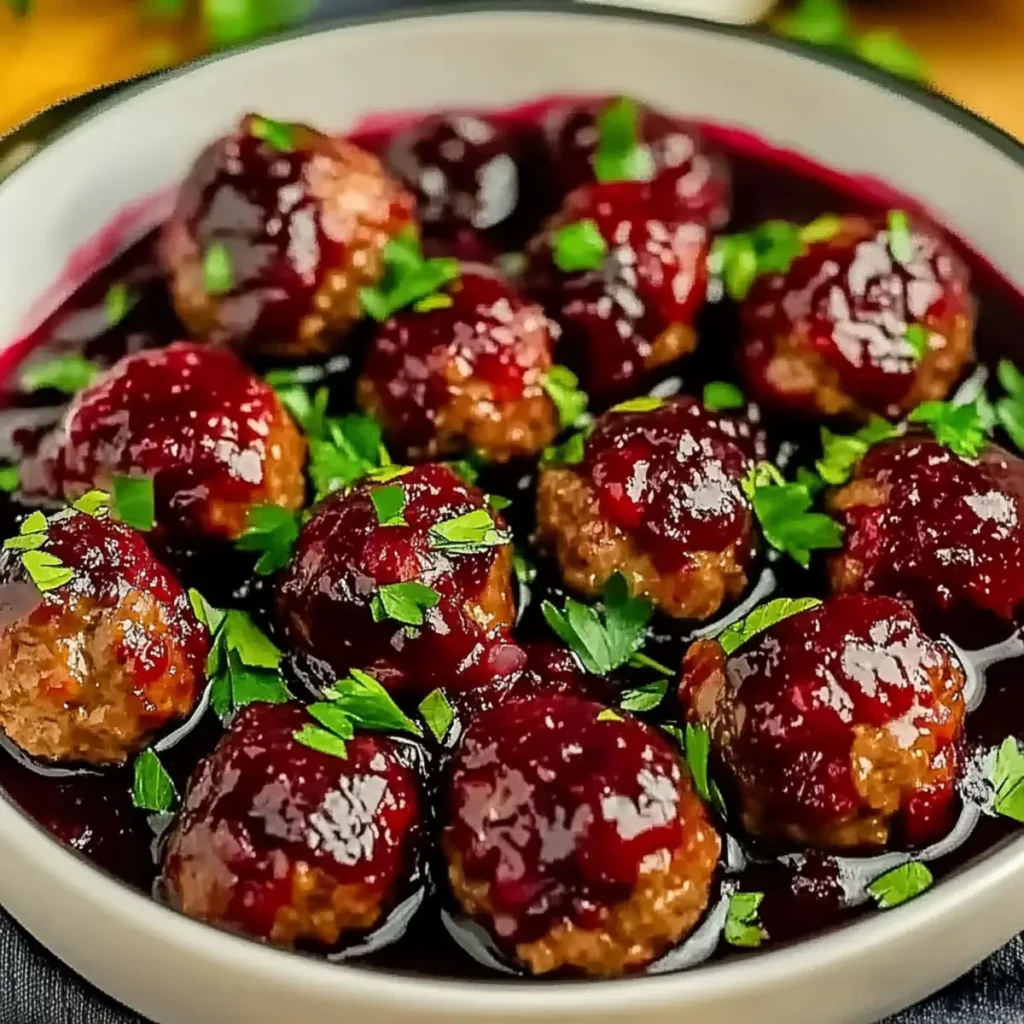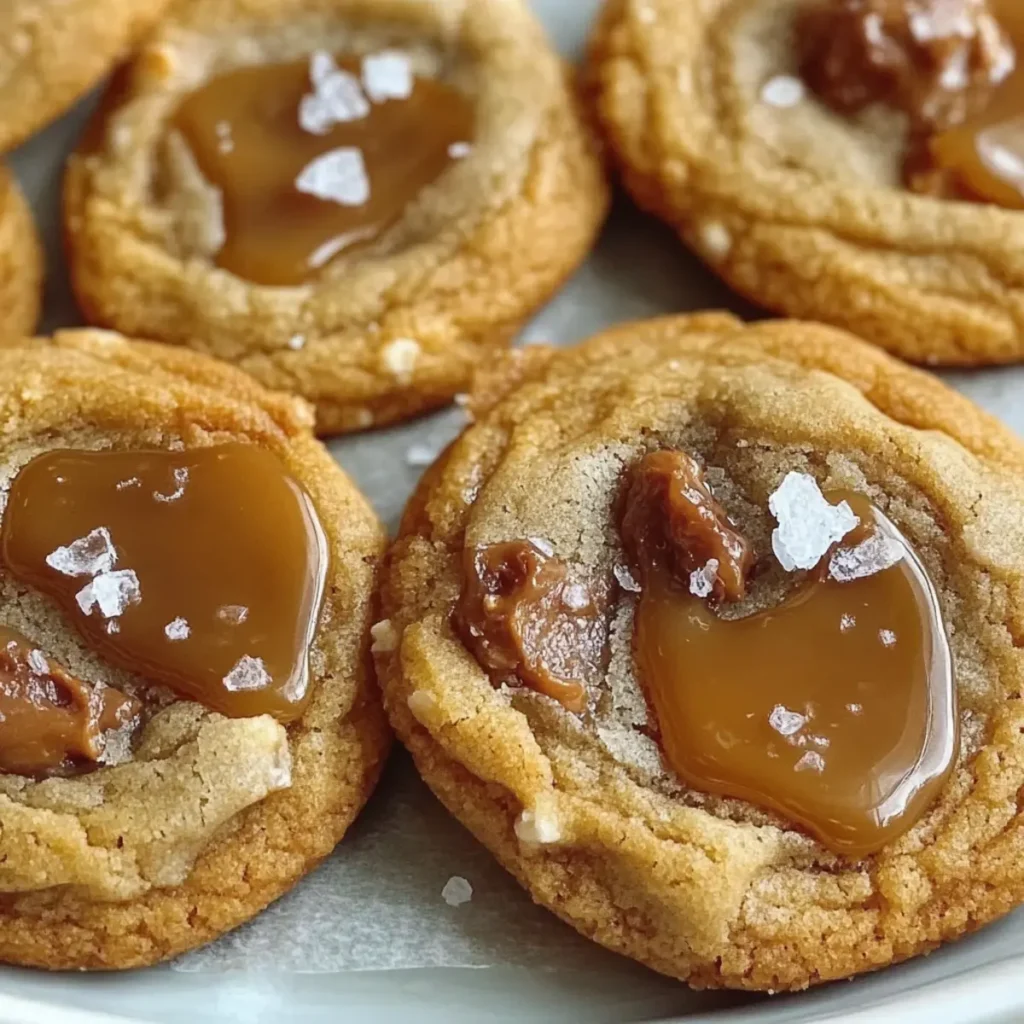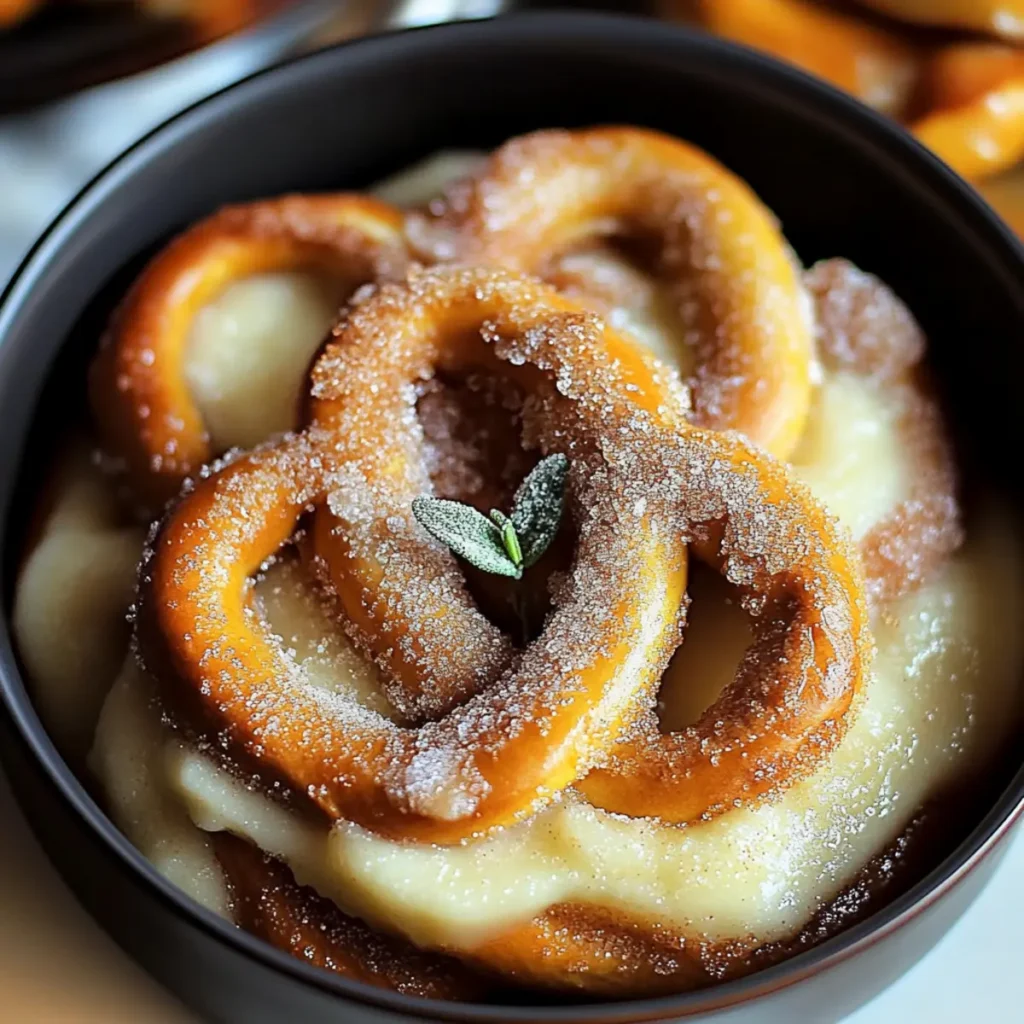There’s something quintessentially summer about biting into a juicy, butter-slathered ear of corn on the cob. This simple yet delightful dish has been a staple at backyard barbecues, family dinners, and festive gatherings for generations. Beyond its role as a seasonal treat, corn on the cob holds a rich history and offers a versatility that can be explored in countless culinary creations. In this exploration, we’ll delve into everything from selecting the perfect ears of corn to mastering various cooking techniques that bring out its natural sweetness and flavor. Whether you’re a corn aficionado or just looking to enhance your next summer feast, this guide will provide you with all you need to know about this beloved vegetable.
Understanding Corn on the Cob
Selecting the Best Corn
When it comes to savoring corn on the cob, the selection process is crucial for ensuring the best taste and quality. Here are some tips to help you choose the freshest and most flavorful corn:
- Check the Husk: The husk should be bright green, tightly wrapped, and slightly damp. Dry or yellowing husks are indicators that the corn is old.
- Inspect the Silk: The silk of the corn, which protrudes at the top, should be golden and slightly sticky. Avoid corn with dry, brown, or brittle silk as it suggests the corn is not fresh.
- Feel the Kernels: Gently run your fingers over the cob, through the husk. The kernels should feel plump and firm. If you detect any soft spots or inconsistencies, it might indicate that the corn is past its prime.
- Look for Wormholes: While a small wormhole might not affect the entire cob, it’s generally best to choose corn without any holes in the husk.
- Avoid Pre-Husked Corn: Corn begins to lose its sweetness once husked. For the freshest taste, select corn that is still in its husk and husk it yourself just before cooking.
- Seasonal Considerations: Corn is best during the summer months. This is when it’s at its peak freshness and sweetness. If you’re buying corn out of season, it might not have the same flavor profile.
- Organic vs. Conventional: Consider choosing organic corn to avoid potential pesticide residues. However, both organic and conventional corn can be equally fresh and tasty.
- Farmers’ Markets: For the freshest options, visit a local farmers’ market. You’re more likely to find corn that has been picked recently, ensuring maximum freshness and flavor.
By following these tips, you can select the best corn on the cob that will be a delicious addition to any meal. Remember, the key to great corn is its freshness, so always opt for the freshest ears you can find.
Storing Corn for Freshness
Proper storage is essential to maintain the freshness and flavor of corn on the cob. Here are some effective tips to ensure your corn stays as fresh as possible until you’re ready to cook it:
Keep the Husks On:
If you’re not using the corn immediately, leave the husks on. The husk protects the corn from drying out and preserves its natural moisture.
Refrigerate Promptly:
Store your corn in the refrigerator as soon as possible. The cold environment slows down the conversion of corn’s sugars into starch, which can affect its sweetness and texture.
Use a Plastic Bag:
Place the corn, with its husks still on, in a plastic bag. If possible, use a perforated bag to allow some air circulation. This helps to retain moisture while preventing the corn from becoming too damp.
Moist Paper Towel Trick:
For an extended storage time, wrap the corn in a damp (not wet) paper towel before placing it in the plastic bag. This method provides extra moisture, keeping the corn fresh.
Avoid Husking in Advance:
Husk the corn only when you’re ready to cook it. Removing the husk prematurely can lead to faster drying and a decrease in quality.
Short-Term vs. Long-Term Storage:
Corn on the cob is best enjoyed within a day or two of purchasing. However, if you need to store it longer, the refrigerator can keep it fresh for about a week.
Freezing Corn:
For long-term storage, freezing is an option. First, husk the corn and blanch it in boiling water for a few minutes. Then, quickly cool it in ice water, dry it, and store it in freezer bags. Frozen corn can last for several months.
Check Regularly:
If you’re storing corn for more than a day, check it periodically. Remove any cobs that show signs of spoilage to prevent it from affecting the others.
By following these storage tips, you can ensure that your corn on the cob remains as fresh, sweet, and delicious as the day you bought it. Proper storage not only preserves the quality but also enhances your overall cooking and eating experience.
Nutritional Profile of Corn
Corn, particularly when enjoyed as corn on the cob, is not just a tasty treat but also brings a host of nutritional benefits. Here’s a closer look at the nutritional profile of corn:
Calories and Carbohydrates:
Corn is primarily composed of carbohydrates. A medium-sized ear of corn (about 90 grams) contains approximately 80-100 calories. The carbs in corn are mostly in the form of starch, which provides energy. It also contains natural sugars, which give it a sweet taste.
Fiber:
Corn is a good source of dietary fiber. Fiber aids in digestion, helps regulate blood sugar levels, and can contribute to heart health. A single ear of corn provides about 2 to 3 grams of fiber.
Vitamins:
Corn is rich in B-vitamins, particularly thiamin (Vitamin B1) and niacin (Vitamin B3). Thiamin is essential for energy production and cognitive functions, while niacin is important for the health of your skin and the digestive system. Corn also provides a modest amount of vitamin C and folate.
Minerals:
This vegetable contains several minerals, including phosphorus, magnesium, manganese, zinc, and iron. These minerals are vital for bone health, immune function, and overall metabolic processes.
Antioxidants:
Corn, especially the yellow variety, contains beneficial antioxidants like lutein and zeaxanthin, which are important for eye health. These compounds can help reduce the risk of chronic eye diseases, including age-related macular degeneration.
Protein:
Corn contains a small amount of protein, around 3 grams per medium ear. While it’s not a high-protein food, it can contribute to your daily protein intake.
Fats:
Corn is naturally low in fat. The fat present is mostly unsaturated, which is considered heart-healthy.
Impact on Blood Sugar:
Due to its carbohydrate content, corn can impact blood sugar levels. However, its fiber content helps to moderate this effect, making it a suitable option for most diets when consumed in moderation.
In summary, corn on the cob is a nutritious addition to your diet, offering a balance of carbohydrates, fiber, vitamins, and minerals. Its natural sweetness and crunch make it a popular choice not just for its flavor, but also for its health benefits.
Preparing and Cooking Corn on the Cob
Preparing and cooking corn on the cob is a simple process, but a few tips and techniques can enhance the flavor and texture of this classic dish. Here’s how to get the best out of your corn:
Preparing the Corn:
- Husking: Remove the outer green husks and the silk threads under cold running water. This helps in removing any dirt and silk easily.
- Rinsing: Give the corn a quick rinse to ensure it’s clean and ready for cooking.
Cooking Methods:
- Boiling:
- Fill a large pot with enough water to cover the corn and bring it to a boil.
- Add a pinch of sugar to the water to enhance the corn’s natural sweetness.
- Place the corn in the boiling water, cover, and let it cook for 7-10 minutes until the kernels are tender.
- Avoid overcooking as it can make the kernels tough and lose flavor.
- Grilling:
- Steaming:
- Fill a pot with a couple of inches of water and bring it to a boil.
- Place the corn in a steamer basket above the water, cover the pot, and steam for about 8-10 minutes.
- Steaming preserves more nutrients compared to boiling and keeps the corn moist.
- Microwaving:
- This is a quick method for cooking corn. Leave the husk on, and microwave the corn on high for 3-4 minutes per ear.
- Let it cool slightly before removing the husk and silk, as they will be very hot.
- Oven Roasting:
- Preheat your oven to 400°F (200°C).
- Husk the corn and wrap each ear in aluminum foil with a pat of butter and seasonings.
- Roast in the oven for about 20-25 minutes, turning once.
Seasoning and Serving:
- Butter and Salt: The classic combination. Spread butter over the warm corn and sprinkle with salt.
- Herb Butter: Mix softened butter with chopped herbs like parsley, chives, or cilantro.
- Spicy: For a kick, try a blend of chili powder, lime juice, and melted butter.
- Cheesy: Grated Parmesan or Cotija cheese adds a savory touch.
- Creative Toppings: Experiment with toppings like mayo, paprika, garlic powder, or even barbecue sauce.
Cooking corn on the cob is all about simplicity and bringing out the natural sweetness of the corn. Whether you prefer it boiled, grilled, or roasted, each method offers a unique flavor and texture. Enjoy your corn as a side dish, a snack, or as part of a larger meal – it’s versatile and always a crowd-pleaser.
“Expand your culinary horizons by pairing corn on the cob with international flavors. Explore the unique taste of Salvadoran cuisine with our Salvadoran Quesadilla recipe, a delightful dish that complements the simplicity of corn with its rich and savory notes.”
Traditional Cooking Methods
Boiling is the most traditional way to cook corn on the cob. Simply bring a large pot of salted water to a boil, add the corn, and let it cook for 7-10 minutes until tender. Steaming is another healthy option. Place the corn in a steamer basket over boiling water, cover, and steam for about the same time.
Innovative Cooking Techniques
For a smoky flavor, grilling is the way to go. Preheat your grill, brush the corn on the cob with butter or olive oil, and grill for about 15 minutes, turning occasionally. Best Grilled Corn on the Cob Recipe offers a fantastic guide for perfect grilled corn. Baking corn in the oven wrapped in foil is another method that brings out its natural sweetness.
After enjoying the sweet and savory flavors of corn on the cob, why not pair it with another comfort food classic? Our Velveeta Mac and Cheese recipe is the perfect creamy and cheesy side dish that complements the corn’s natural sweetness.
Corn on the Cob: Beyond the Kitchen
Culture and History
Corn has been more than just food; it’s a cultural symbol in many societies. Native Americans revered corn and it played a central role in their diet and mythology. In modern times, corn festivals celebrate this important crop with music, dance, and, of course, delicious corn dishes.
Industrial Uses of Corn
Corn’s utility extends beyond the kitchen. Its stalks are transformed into paper and wallboard, while the cobs are used for fuel and making charcoal. Corn Cob – an overview provides more insights into the industrial applications of corn cobs.
FAQs About Corn on the Cob
How many minutes do you boil corn on the cob?
Typically, corn on the cob should be boiled for about 7 to 10 minutes. The exact time can depend on the size of the corn and personal preference for texture.
How long does it take to boil corn in an ear?
Boiling an ear of corn usually takes the same amount of time, about 7 to 10 minutes. It’s important to start timing once the water returns to a boil after adding the corn.
Is 20 minutes too long to boil corn?
Yes, 20 minutes is generally too long to boil corn on the cob. Overboiling can result in tough and chewy kernels. It can also lead to a loss of flavor and the natural sweetness of the corn.
How long to boil corn on the cob without husk?
Whether the corn is husked or not doesn’t significantly change the boiling time. It should still be boiled for about 7 to 10 minutes. Without the husk, you might want to keep a closer eye on it to ensure it doesn’t overcook.
Conclusion
We hope this guide has enlightened you on the joys of corn on the cob. Whether you’re grilling it for a summer barbecue or boiling it for a cozy family dinner, corn is a versatile and nutritious choice. Don’t be afraid to experiment with different recipes and flavors, and most importantly, enjoy the delicious journey!
Looking for the perfect dessert to round off your meal? Try our delightful Strawberry Cream Cheese Frosting, an excellent topping for any dessert that balances the savory taste of corn on the cob with its sweet and tangy flavor.





